Last year, tomatoes were growing in a trial under Geysir glass. This year it's aubergines that are being grown in the WUR trial at Beliswijk. The results so far, combining the Geysir glass with energy screens and dehumidification, show a 25% lower energy consumption compared to a standard glass with energy-saving screens and dehumidification. "Growers always had to choose between high transmission or more insulation. This glass makes both available", says Mohammad Shayesteh, director of Agculture, developer of the Geysir glass.
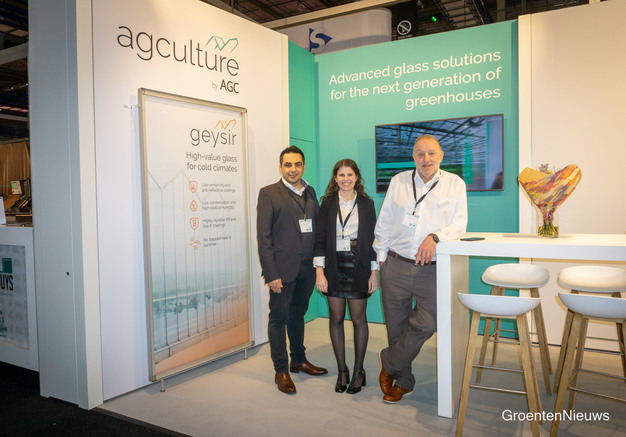
Geysir is clear float glass treated with a low-emissivity (low-E) coating on the outside of the greenhouse, reflecting far-infrared heat back into the greenhouse. The glass is then vacuum coated with two AR coatings, protecting the glass from corrosion. "This means we have the high light transmission of low iron glass, combined with better insulations thanks to the low emissivity coating," Mohammad explains, adding that the glass offers growers great potential to lower their energy usage. "Thanks to the higher insulation, growers can enjoy less screening hours in winter time, when the light is low, which will increase their productivity. The lights can remain off during these times, which will also save on electricity consumption. All of this is in favor of growers producing more product in the winter time when the prices of produce are high." Whitewashing the low-E coating disables the low emissivity aspect of the glass and heat retainment function, so there is no fear of trapped heat in summer. However, over the last year's tomato trial at WUR, even without applying a whitewash, the glass did not result in higher inside temperature compared to normal glass. This means that during the summertime, growers can have the same situation as normal glass, and in winter, time can enjoy the additional 25% energy saving without any impact on crop productivity.
Tomato & aubergine
The glass is nominated for a GreenTech Innovation Award and takes a central role in the research project "Greenhouse coverings of tomorrow, today," conducted by WUR for the Dutch Kas als Energiebron program. Following last year's trial with tomatoes, eggplants are now being grown – a product with a less dehumidification demand but a higher temperature. The test, for what the greenhouses are equipped with two transparent Luxous cloths and a Van Dijk Heating active dehumidification system, shows the heat demand of the greenhouse with Geysir glass is almost 25% lower than the standard glass greenhouse. "As expected, the greenhouse warms up a little faster and cools down a little slower. As a result, ventilation often takes place a little faster, and therefore CO2 consumption is slightly higher than in the greenhouse with the standard glass", recent results show (Link to results).
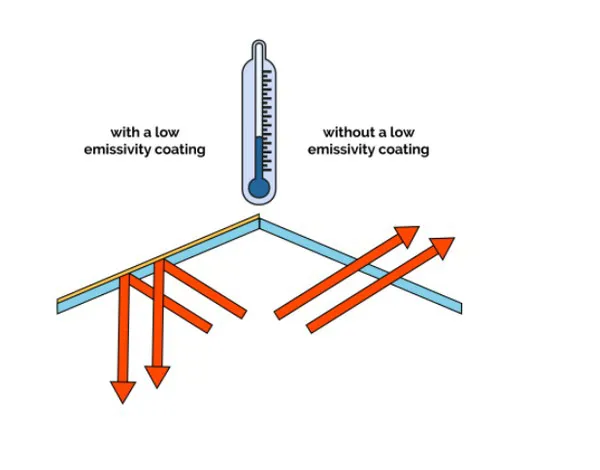
As Agculture is expecting their first order in the new future, Mohammad is assured more growers will follow once the first project is signed. "In addition to Northern Europe, we also see a lot of interest from Canada and the North of the US, as they have cold winters and relatively hot summers. A key challenge is the fear of frozen glass due to the very cold temperatures early in the morning and condensation. One of the propositions for these climates is the glass temperature is always above the dew point. Thanks to the coating on the outside of the glass reflecting the heat, the heat goes through the glass twice, meaning it's always 2 to 3 degrees warmer than normal glass types. This causes less inside condensation and avoids outside freezing points. And if you are dealing with snow, it will melt much faster."
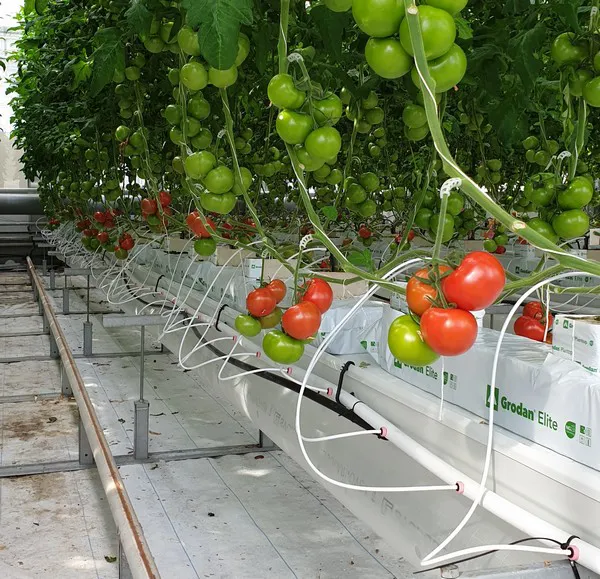 Last year's tomato trial at WUR
Last year's tomato trial at WUR
Tax benefits in Canada and Netherlands
In the Netherlands, there are also tax benefits in place for growers opting for Geysir glass. "In order to reach the 30 percent reduced emission by 2030, as agreed upon in the Climate Plans, many greenhouses need to take action. Re-glazing with our type of glass can help growers get there. Taking the number of greenhouses into account, annually, we would have to re-glaze at least 500 hectares per year. How many of them have done it? Zero. The industry is far behind these goals and needs to start acting", says Mohammad. A boost for this in the Netherlands could be the EIA subsidy, which allows for a 45,5 percent of tax reduction of revenue for growers. Canadian growers, on the other hand, might opt for rebates from energy companies. "the support in BC could be up to 75 percent of the project, up to 1 mln CAD. And in addition to their heating benefits, growers will also profit from a lower CO2 emission, and thus less CO2 tax."
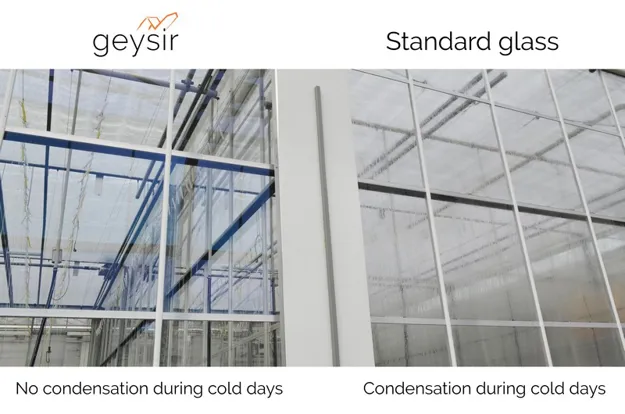
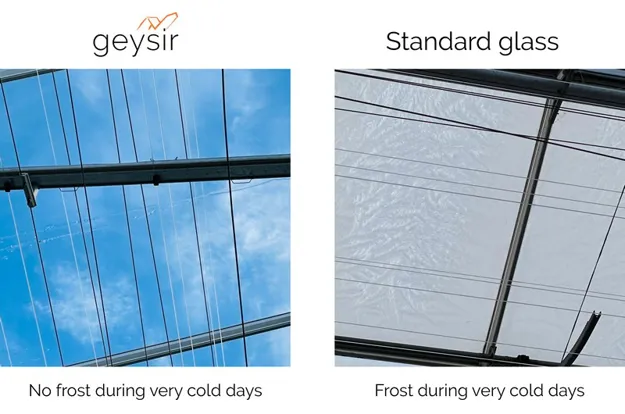
These numbers also appeal to investors, he says, as it matches their sustainability goals. "For investors, operating as sustainable as possible is a must because of their goals and obligations, but the horticultural industry as a whole has to take it into account. It might be a more expensive product, but the payback time is shorter than expected, and the sustainable benefits are more than substantial. We believe this is the way to go for anyone looking a little bit to the mid or long-term."
For more information: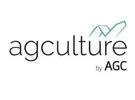
Agculture
Mohammad Shayesteh
mohammad.shayesteh@agc.com
www.agculture.eu
